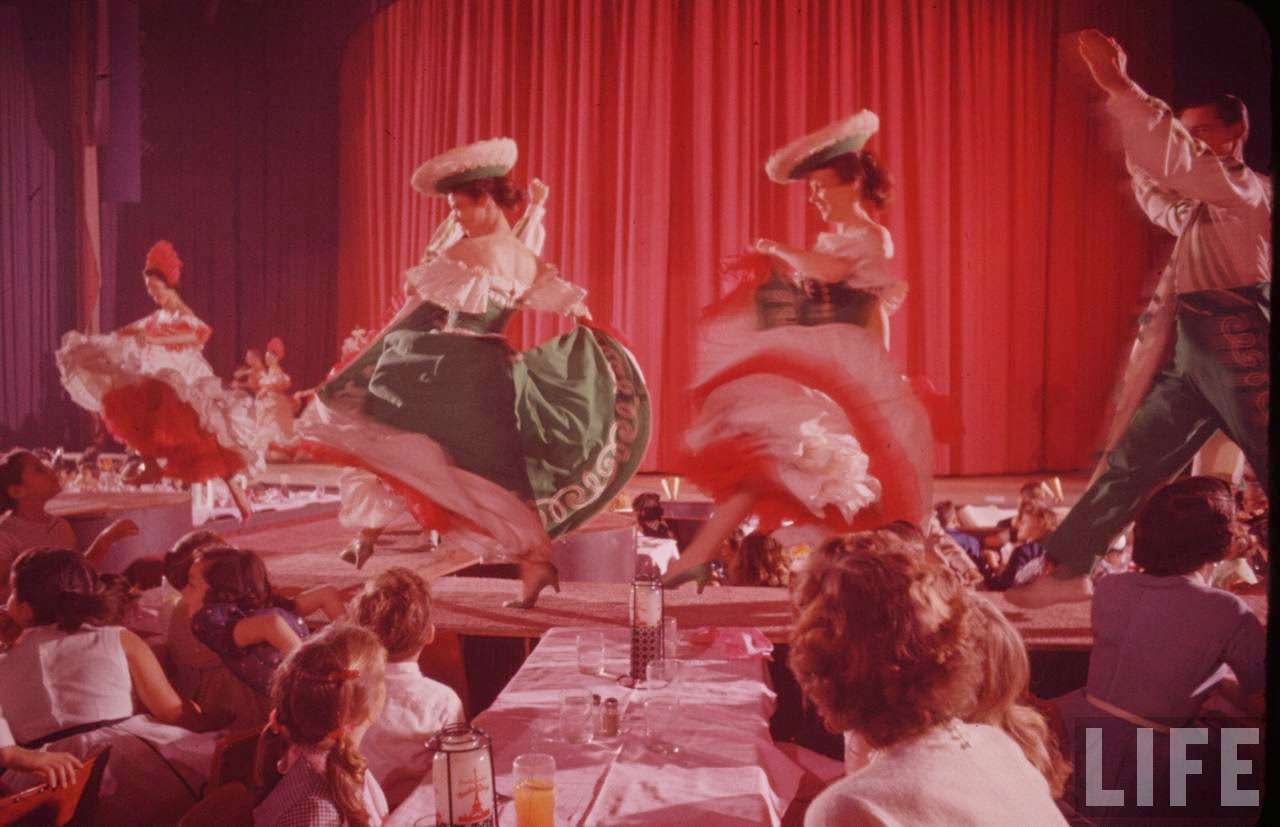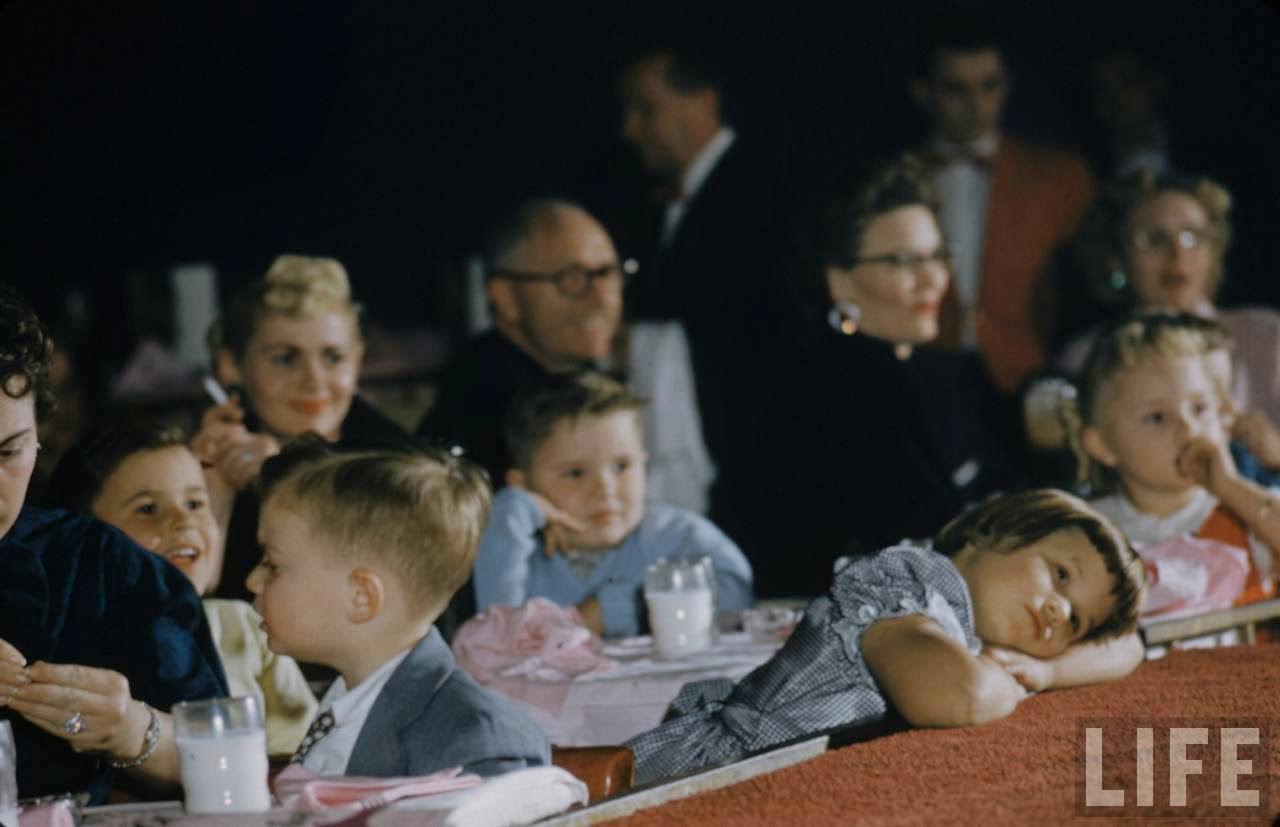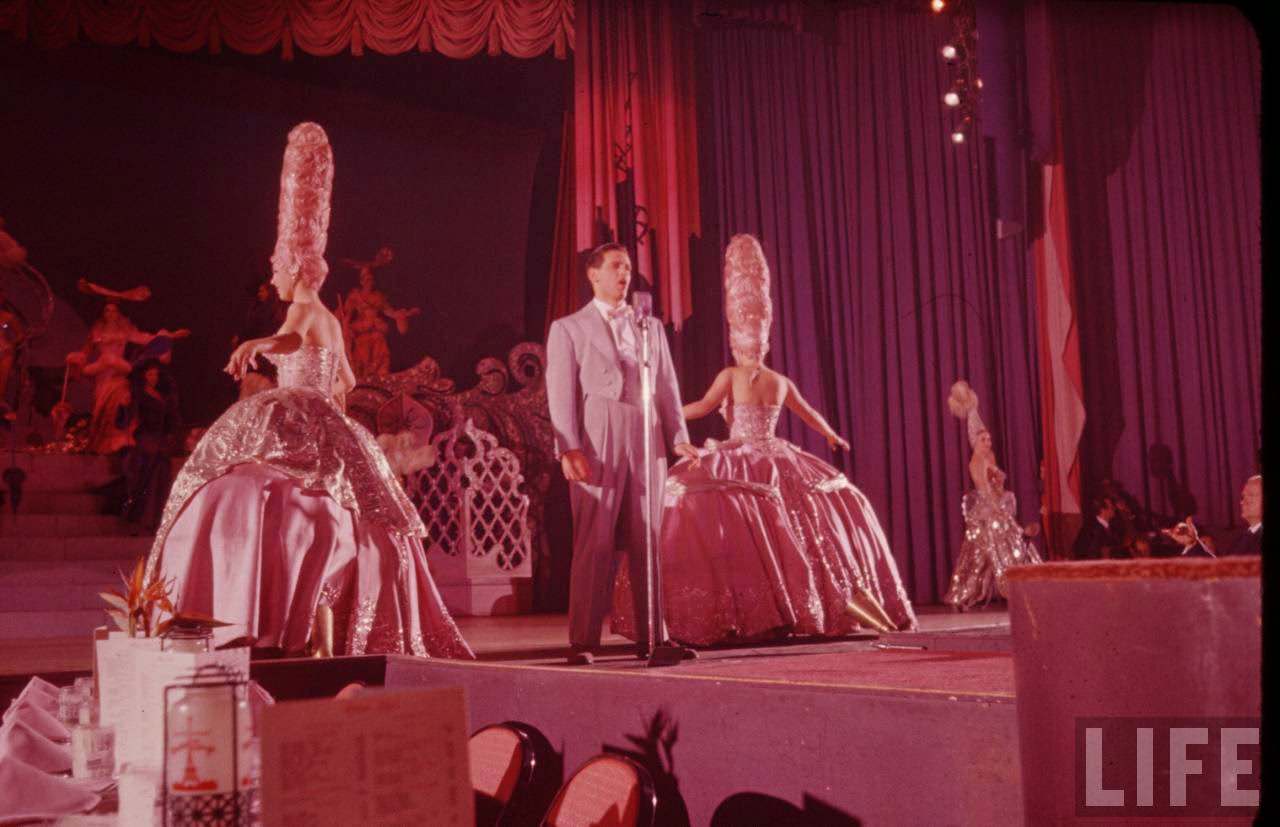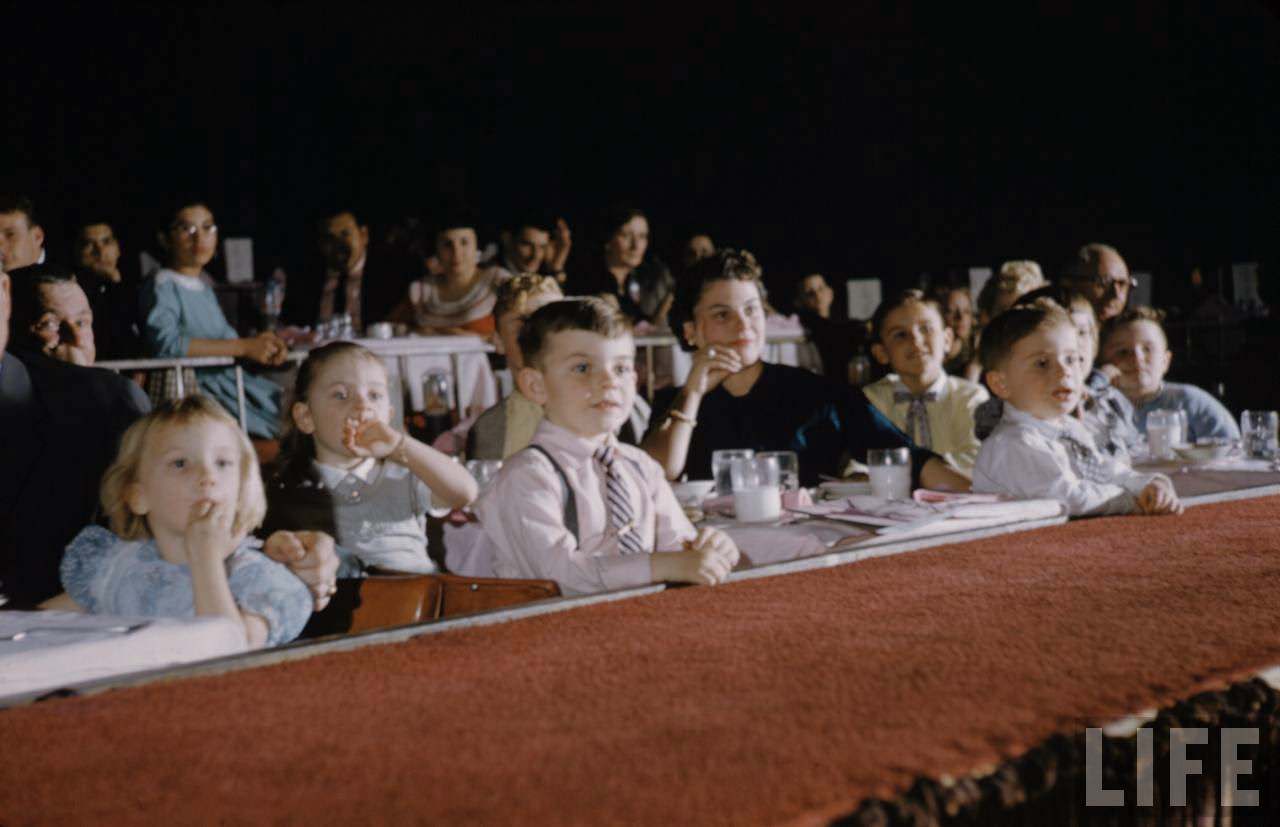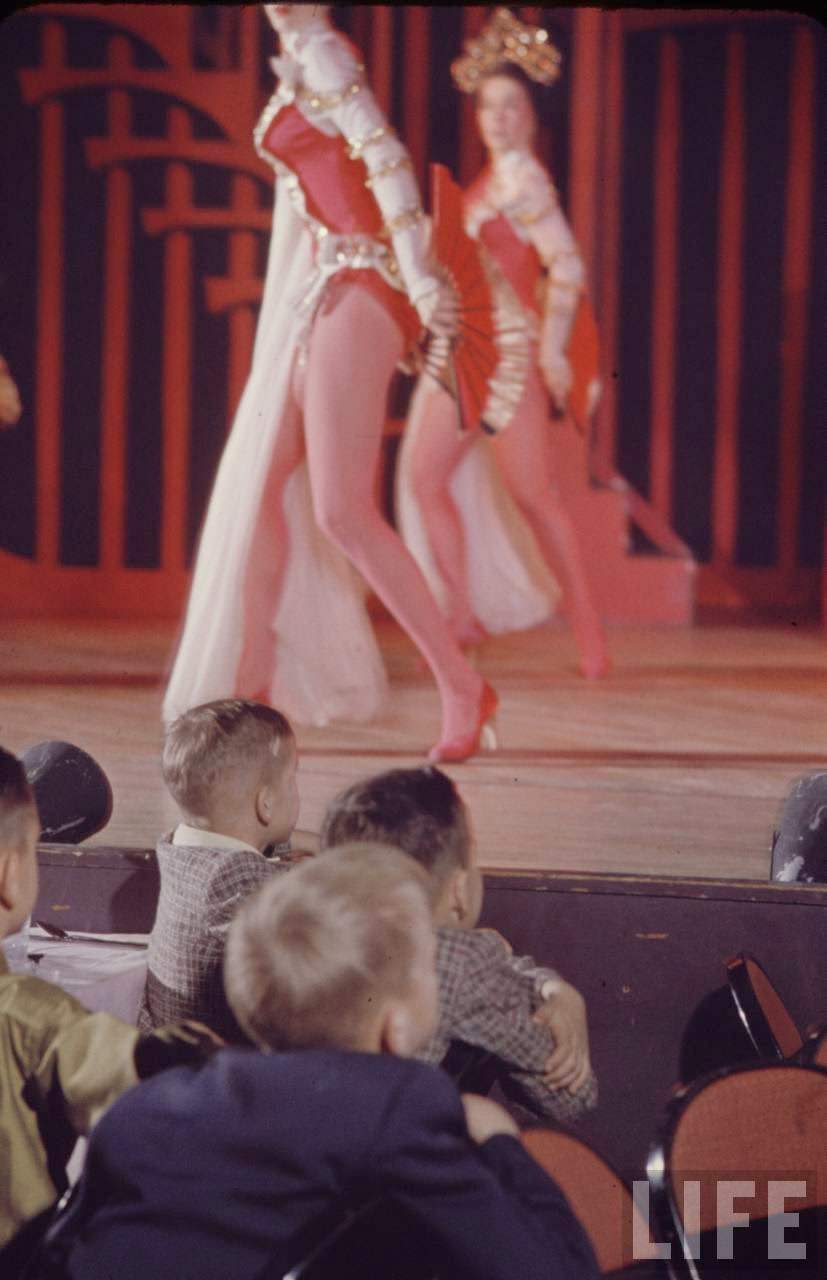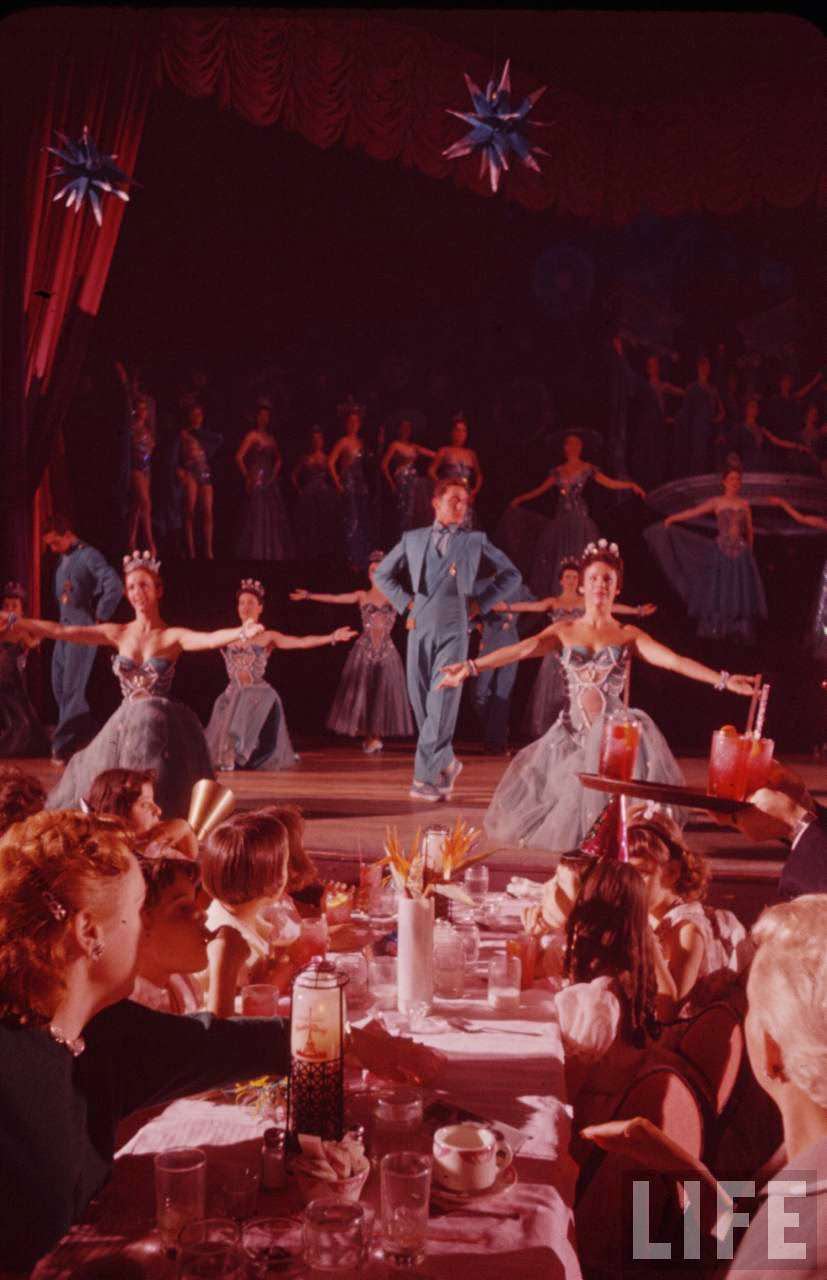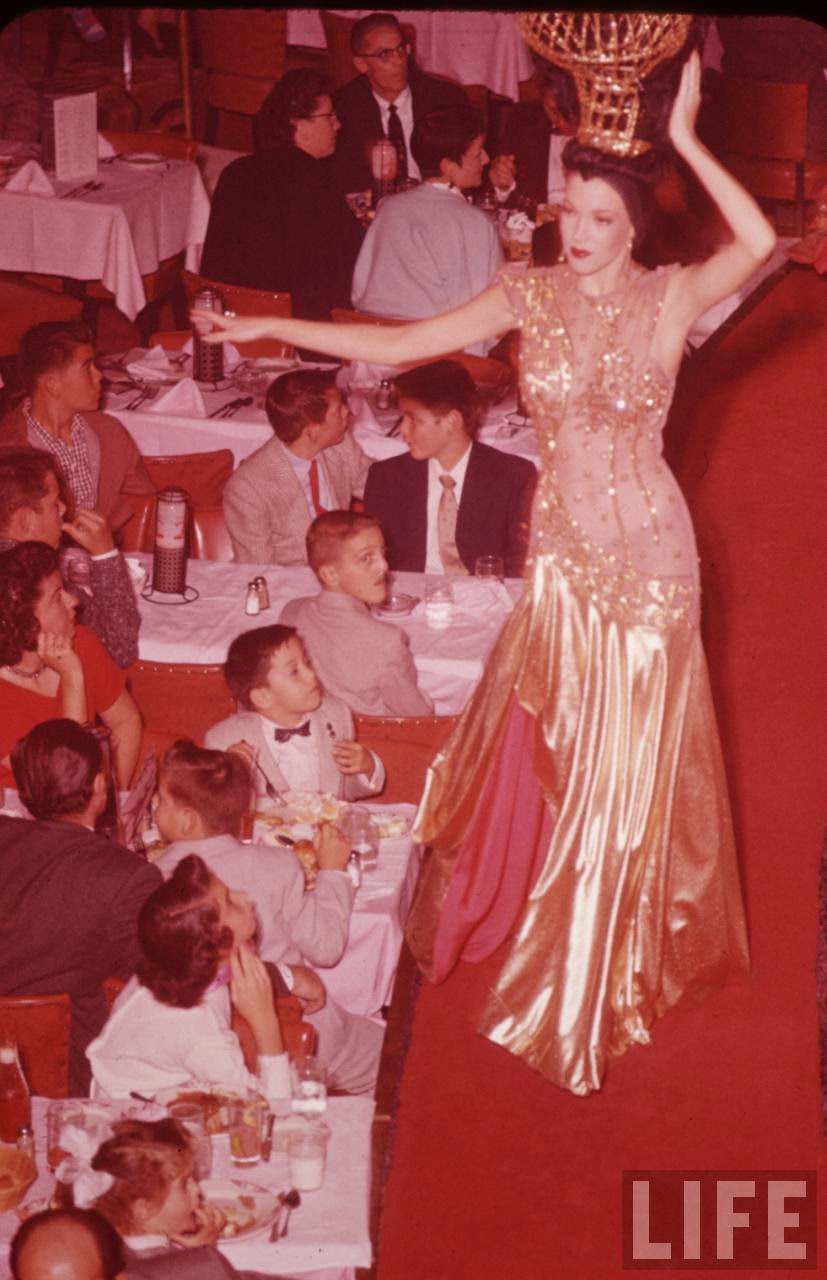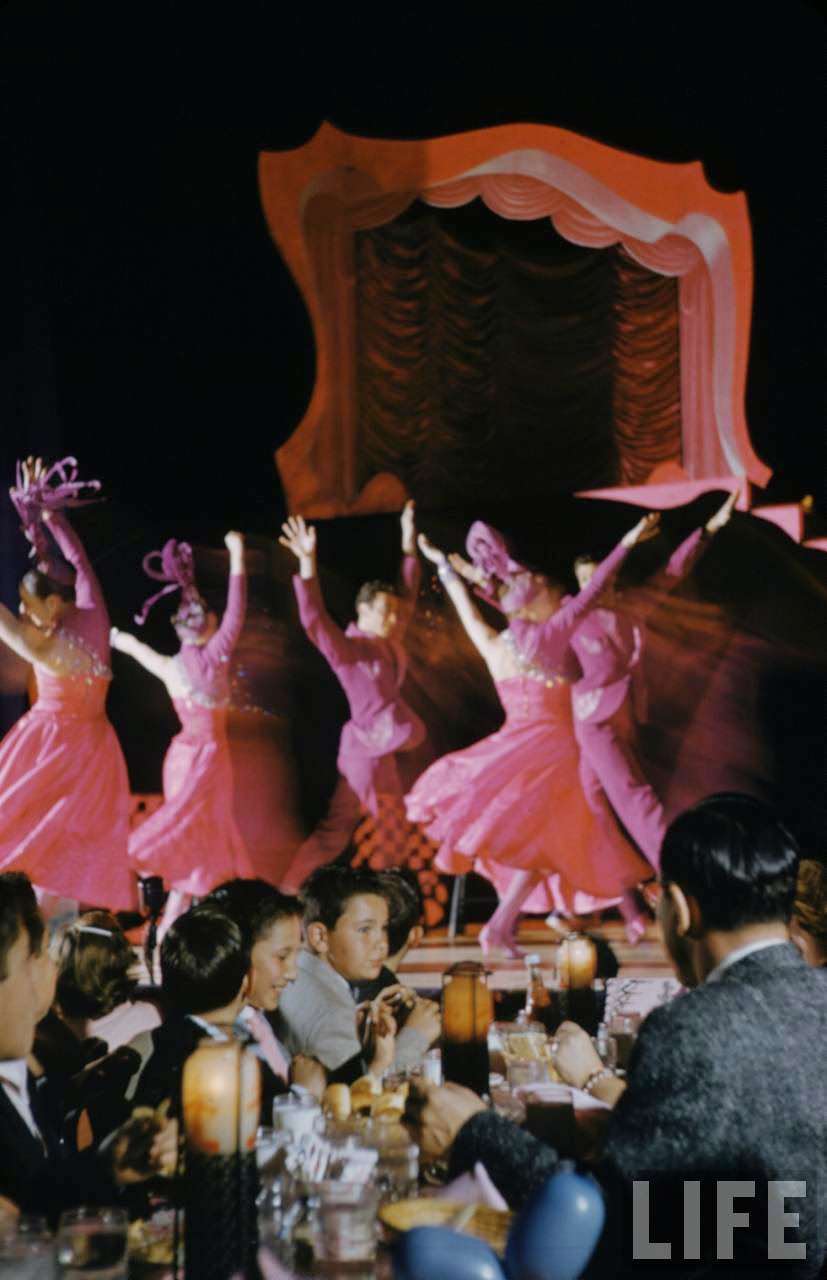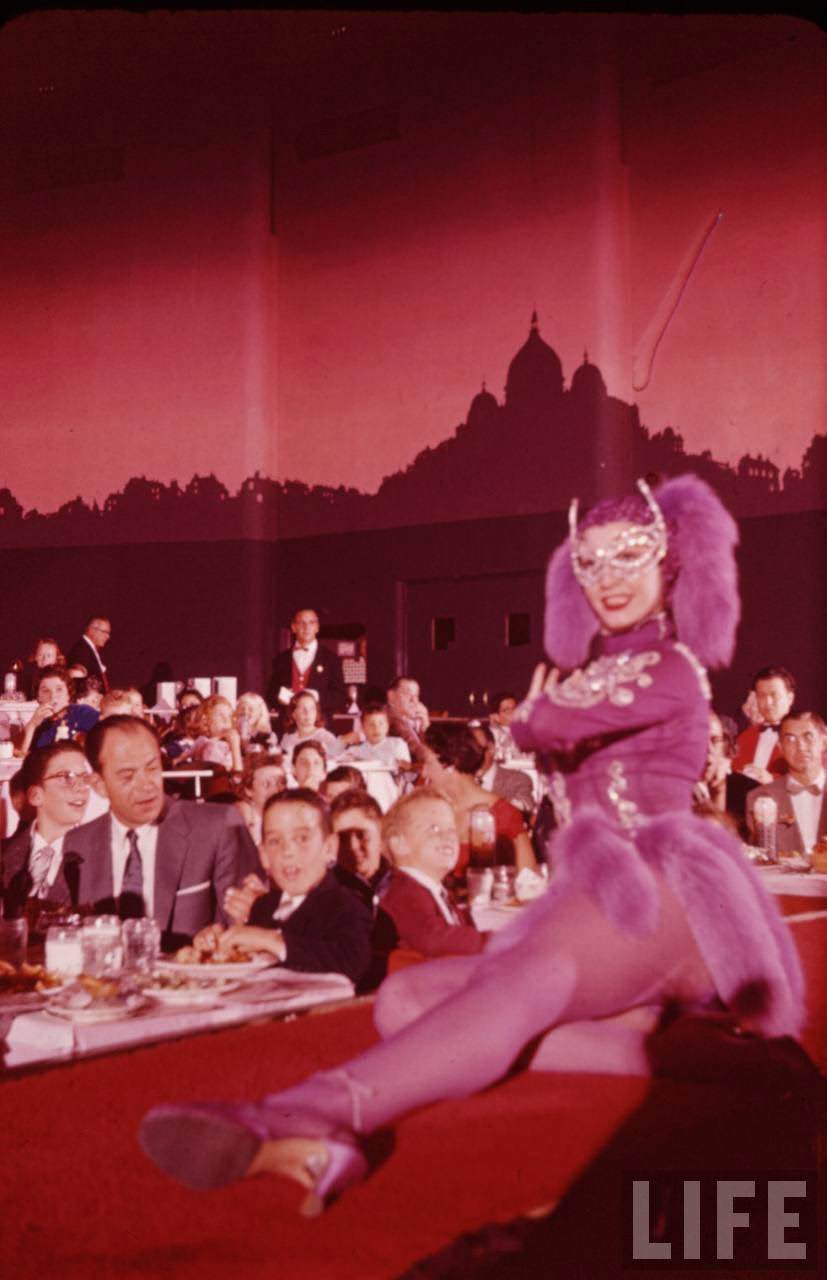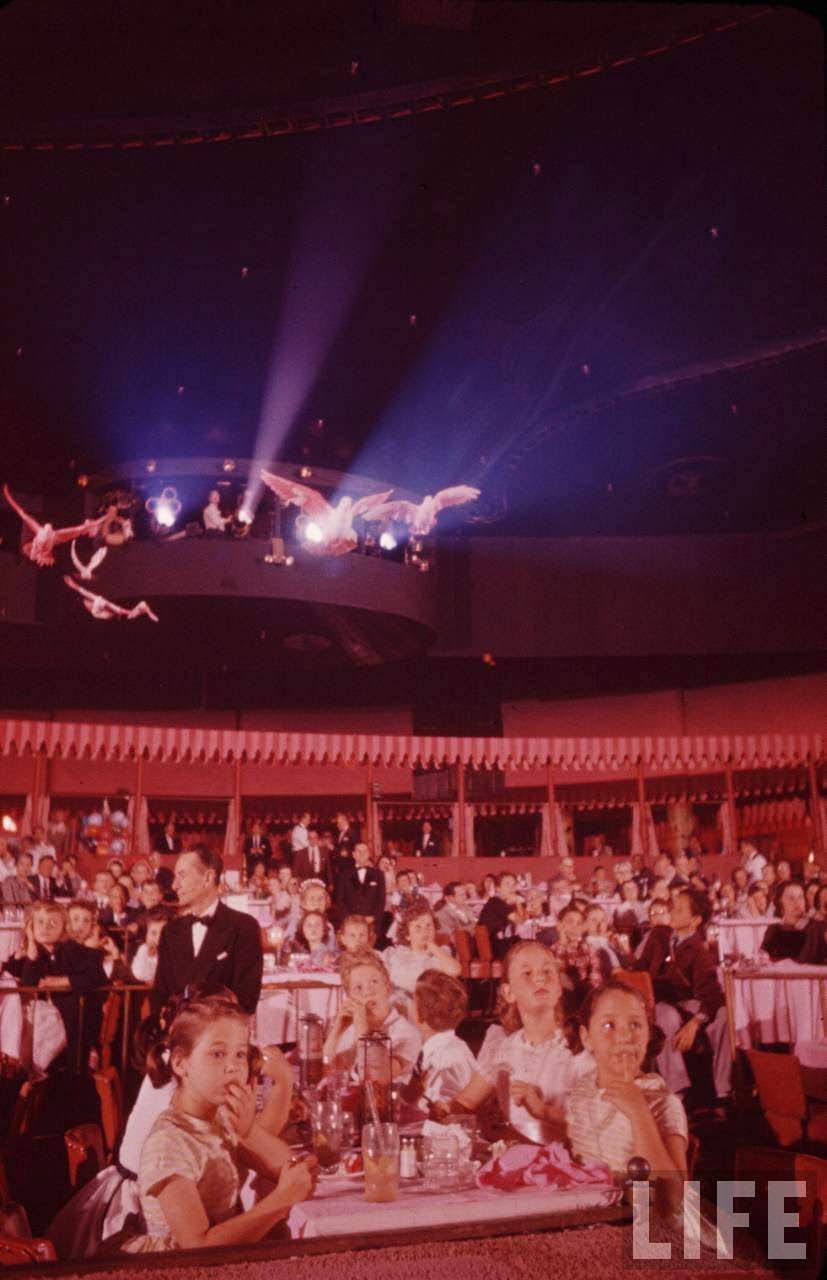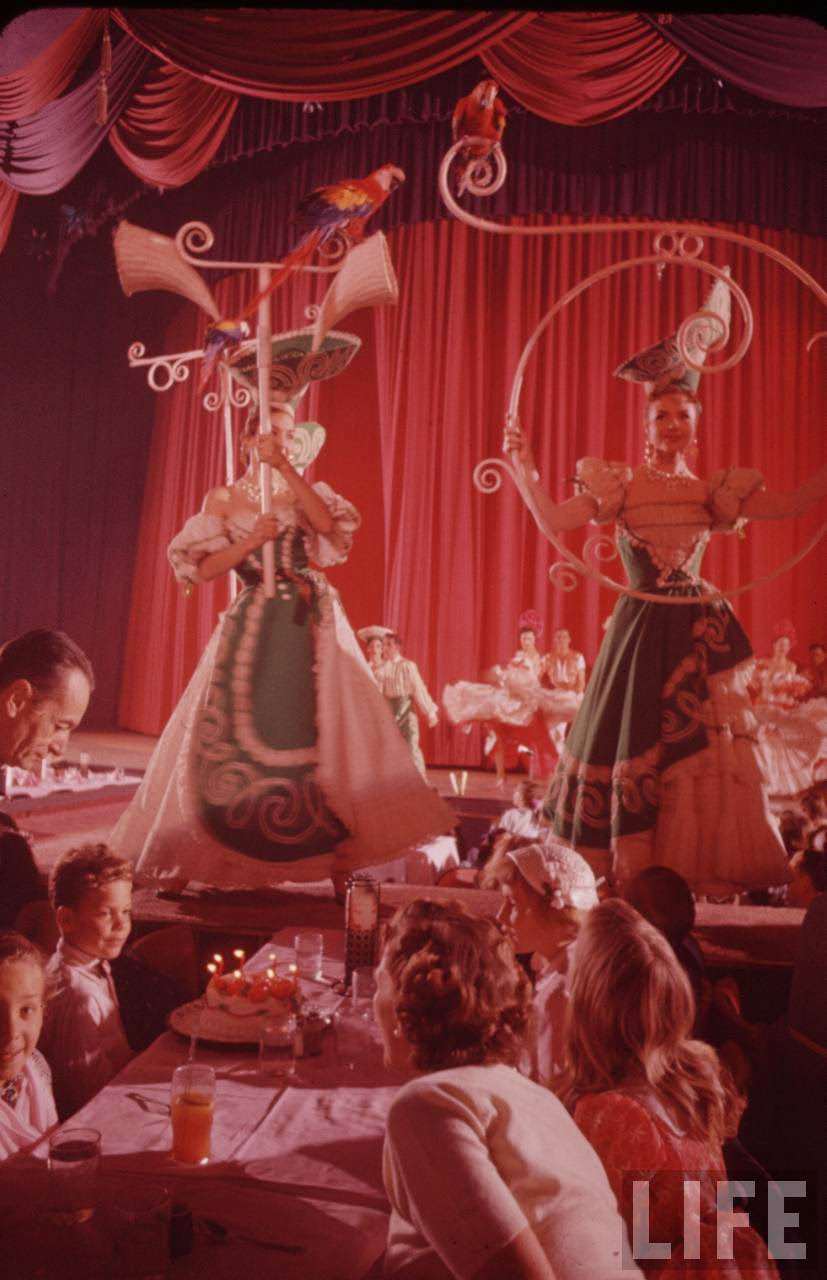The Moulin Rouge in Paris has long been linked to glamour, music, and the high-kicking can-can. Since opening in 1889, it has been both a tourist draw and a local institution. Known for elaborate stage productions, it was a place where adults came for an evening of bold entertainment.
By the 1950s, the cabaret was still famous for its signature revue. Costumes were vibrant, the choreography polished, and the performers highly skilled. What many might not expect is that, during this era, the venue also hosted Sunday afternoon children’s matinees. These events gave families a chance to see the stage without the late-night atmosphere or risqué performances that defined the cabaret’s regular schedule.
The format was adapted for a younger audience. Dancers wore more modest outfits, and routines were adjusted to focus on acrobatics, colorful staging, and comedic skits. The orchestra still played lively music, but the tone was lighter, more playful.
Read more
For children growing up in postwar Paris, such an outing was a novelty. The city was rebuilding, and leisure activities were expanding beyond the traditional parks and cinemas. A visit to the Moulin Rouge on a Sunday afternoon was both entertainment and an introduction to a famous cultural landmark.
The audience likely included local families as well as tourists. Paris in the 1950s was a popular destination for travelers, and guidebooks often mentioned the Moulin Rouge. A matinee made it possible for visitors with children to experience the setting without the adult-only content of the nighttime shows.
Stagecraft remained central to the production. Lighting effects, set changes, and live music created a sense of spectacle even in a toned-down program. For the performers, it was a chance to connect with a different kind of crowd, one that reacted with open curiosity rather than sophisticated detachment.


